Hi,
I wrote this post in English and Slovak language
This post came to be thanks to my three-year-old son and his love for trains. I wanted to make him happy and show him a steam locomotive—not in a museum, but right on the track. Nowadays, you rarely see such a train fully functional on the rails. I sat down at the computer and started searching. Whoever searches, finds. And I found one too and was very pleased. A steam locomotive called "Papagáj" was scheduled for a ride near us. We had to see it, I thought. My daughter was also very pleased with the trip. She loves trips.
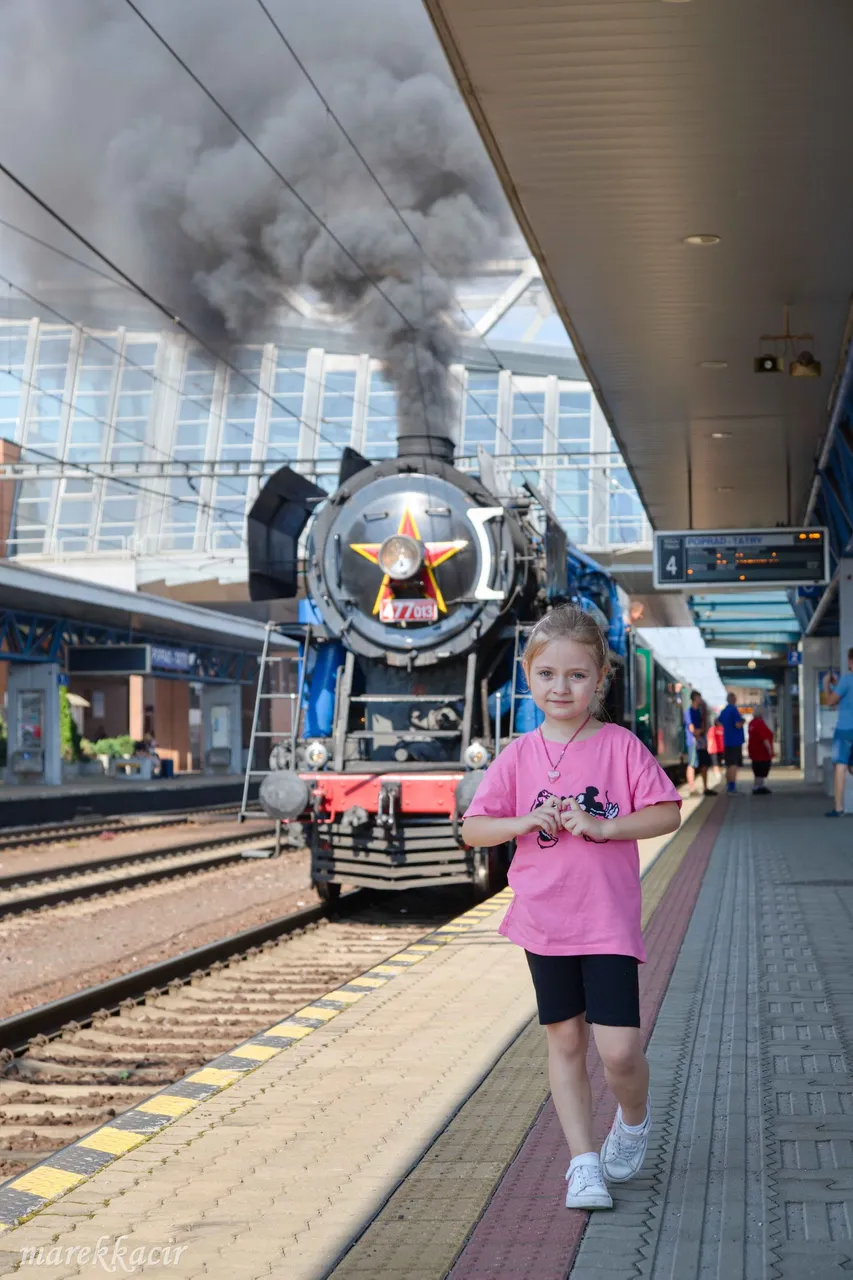
Early in the morning, we got into the car and headed to the town of Svit. This is where the train would depart from. Its destination was the town of Kežmarok, where traditional craft markets were taking place.
We’re standing at the station, pacing impatiently. Along with us, there are a few other curious people who want to take the ride. Mostly, families with children are waiting. It seems that trains are a magnet for little kids.

And here it is. The train arrived, and everyone who had a camera or phone in hand rushed in front of the locomotive. It was like a movie star arriving on the red carpet in Hollywood, with paparazzi snapping pictures as fast as they could, not wanting to miss anything. And among them was me too. There was still time before departure, and everyone wanted a photo with the locomotive. We all managed to take turns, and everyone was satisfied.
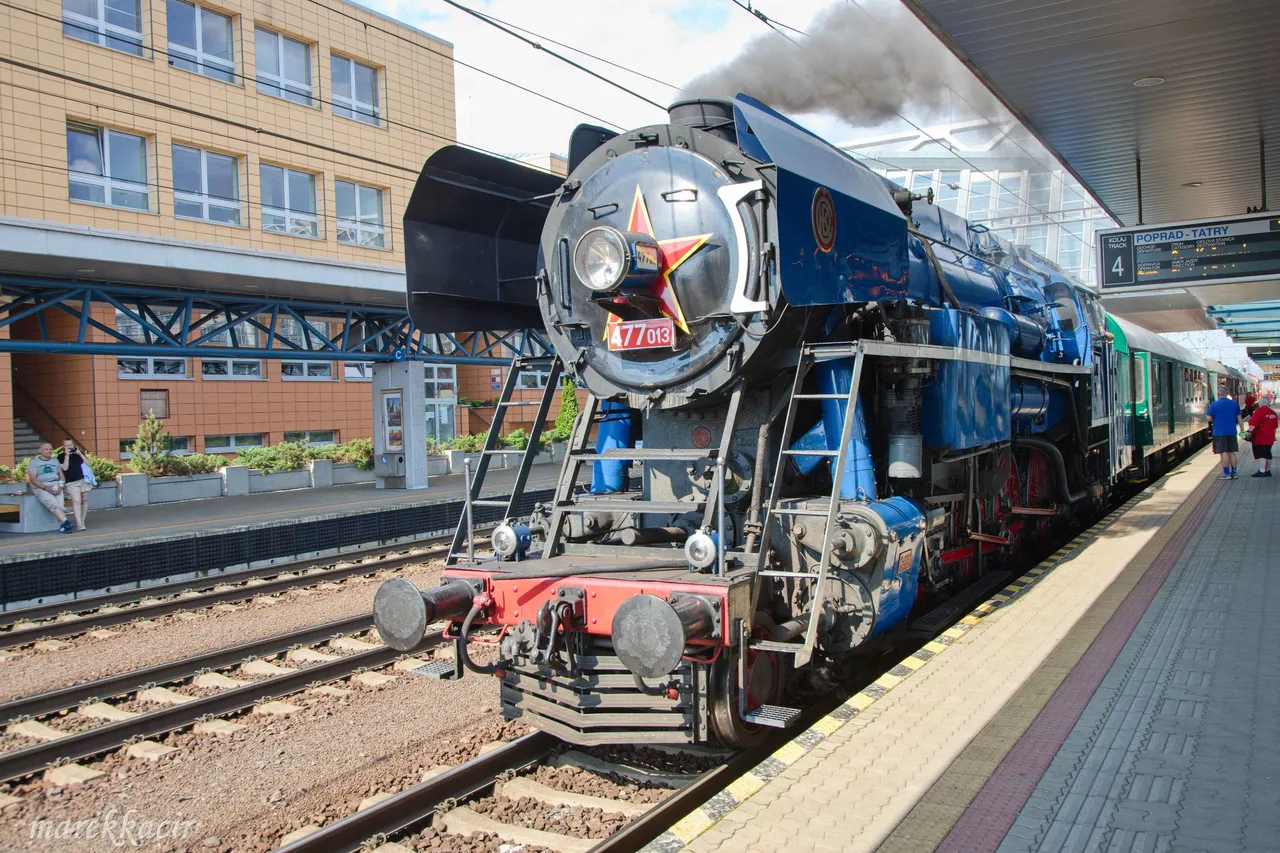
The train set off for the town of Poprad, where it had a stop, leaving a trail of black smoke behind it. We opened the windows to enjoy the ride, but soon closed them again. A lot of exhaust from the coal was coming in.
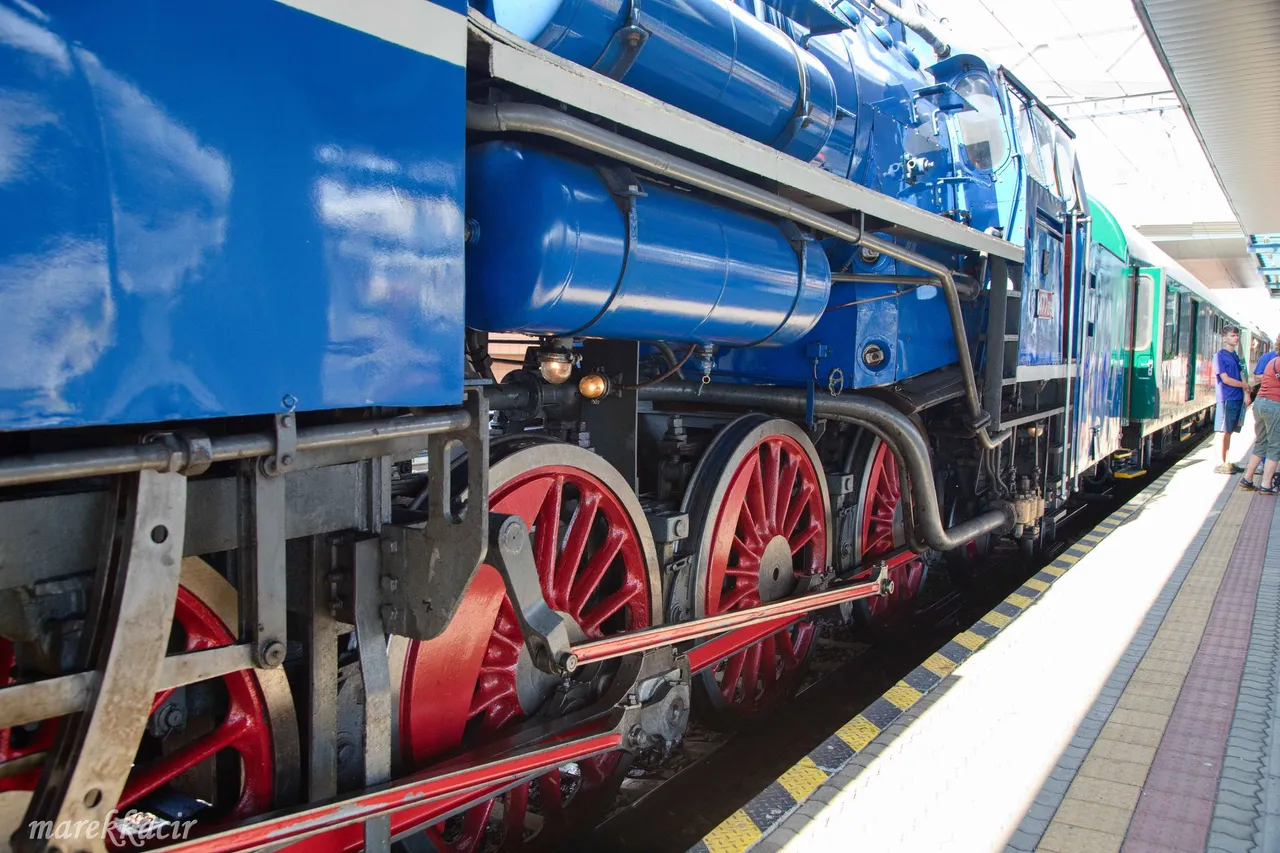
So what kind of train is this "Papagáj"? You’re looking at the three-cylinder steam locomotive 477.013, which was built in 1950 at ČKD Praha. It’s almost unbelievable that we’re riding it. These locomotives had excellent driving characteristics and acceleration. That’s why they were extremely popular. They could reach speeds of up to 100 kilometers per hour. Papagáj can carry a supply of 7 cubic meters of coal and 15 cubic meters of water. These locomotives pulled carriages in Czechoslovakia until 1979. After it was retired from service, this particular train ended up in the open-air museum in Česká Třebová. The year 1999 is particularly important. In this year, the train underwent technical and safety tests. A big thank you goes to the Veteran Club in Poprad, which restored this locomotive to operational condition.
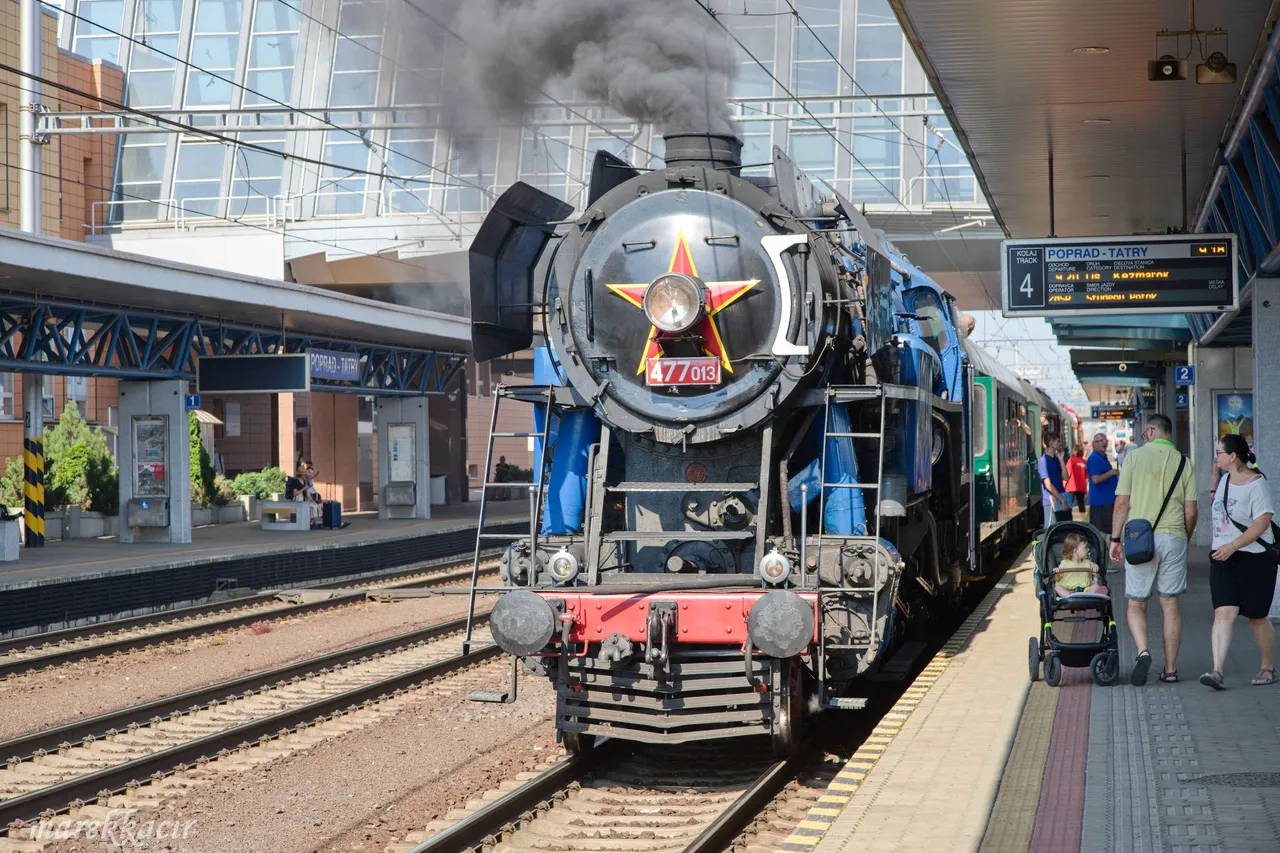
It’s a beautiful locomotive, and to see it in action, we got off already in Poprad. We waited a while there. More passengers boarded the train, and a few minutes later, the locomotive came to life again. Thick white smoke started pouring from behind the wheels, and the train began to move. It’s an experience not just for children but also for adults.
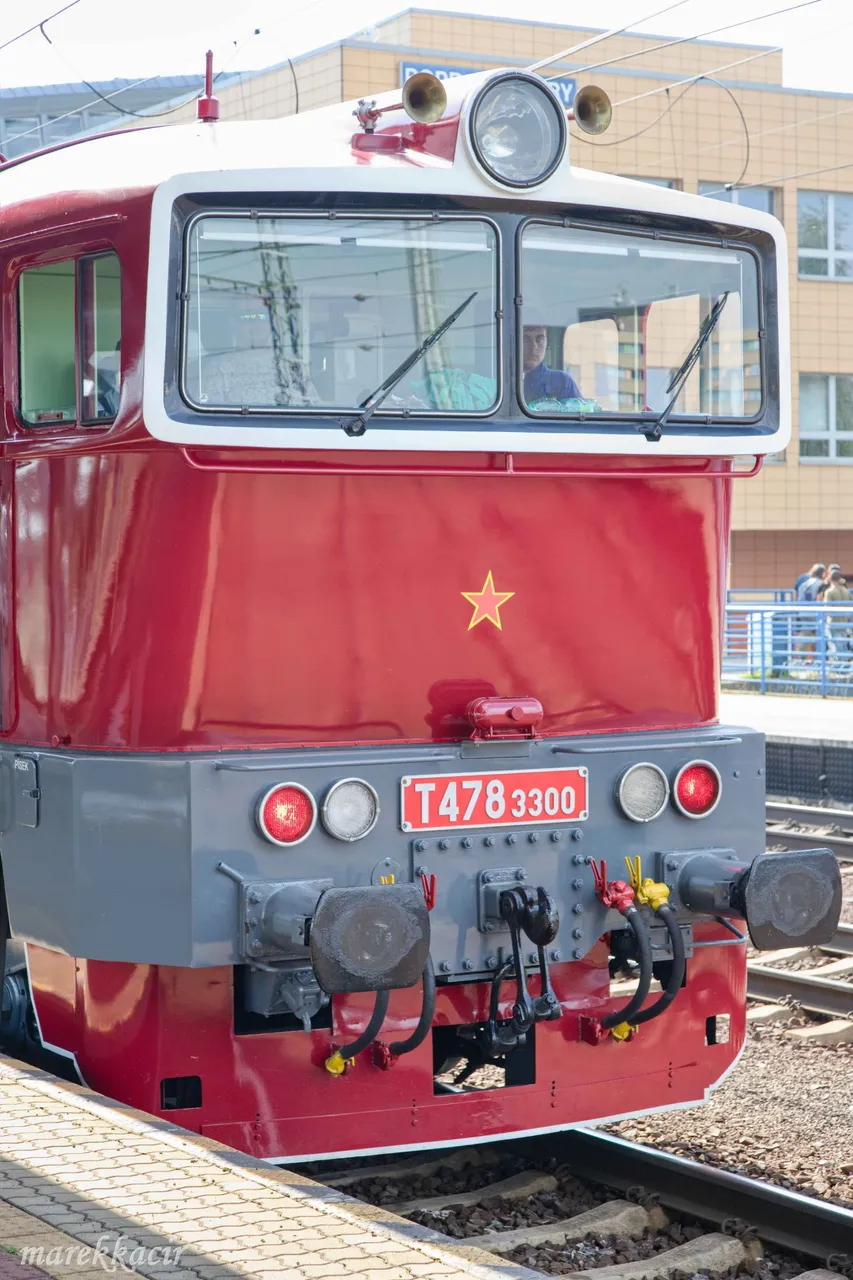
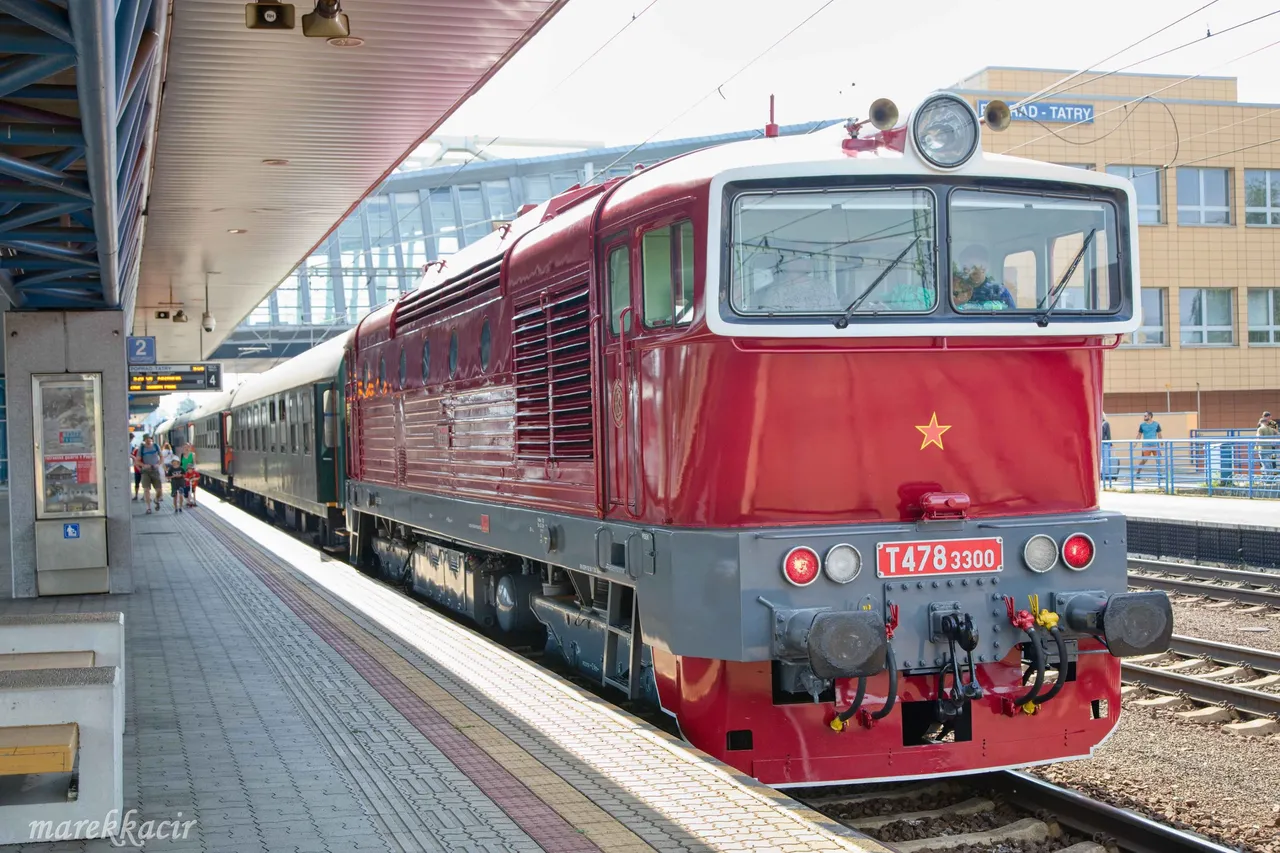
Papagáj is not the only locomotive in the set. At the end of the train is another historic piece—a diesel locomotive T478.3 "Okuliarnik." This locomotive has a twelve-cylinder engine with a power output of 1460 kW. Its main task was to lead passenger and express trains on non-electrified tracks.

During its operation, several changes were made to its design. The manufacturer kept trying to improve it.
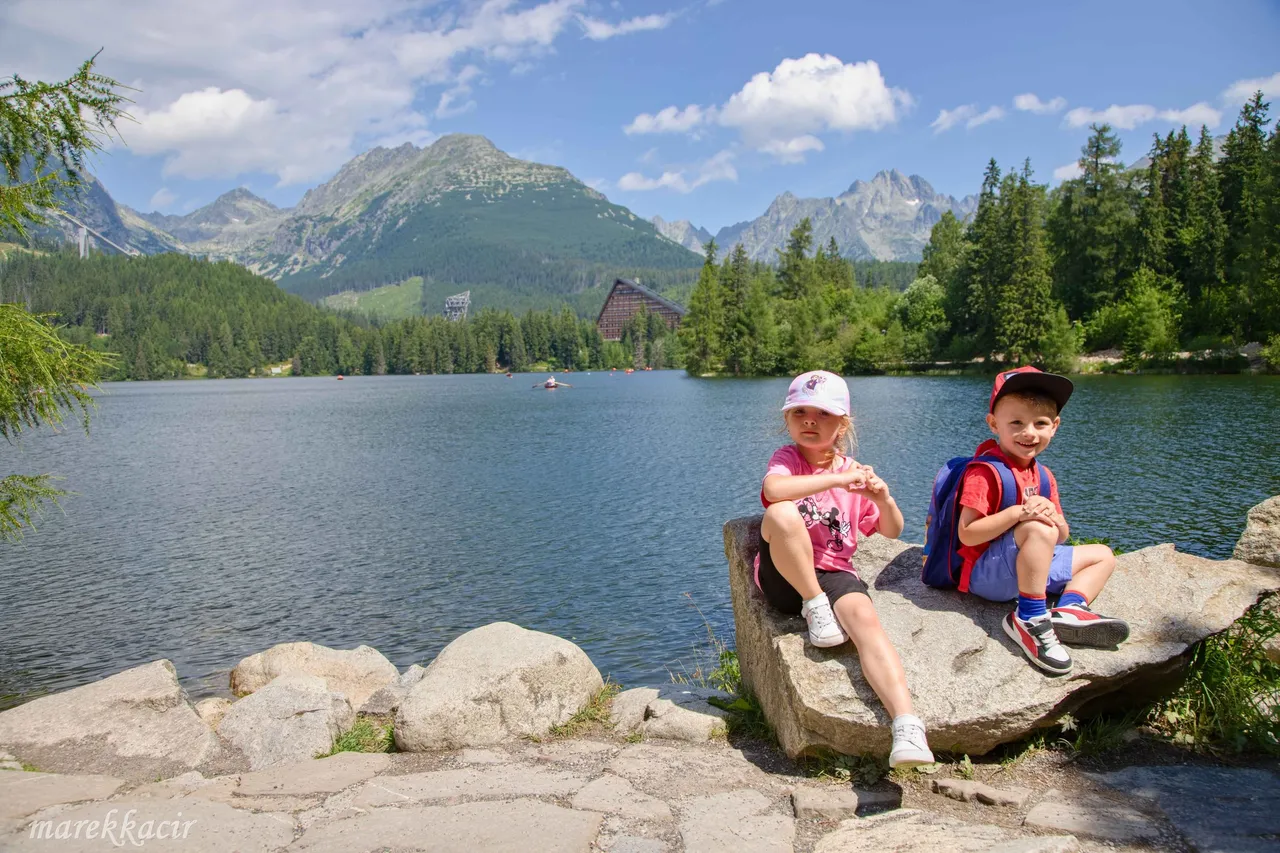
We liked both locomotives. We waved at them as they left. But the day had only just begun. And our trip continues. We’re traveling further, and what else, but by trains. We took the Tatra Electric Railway to Štrbské Pleso.
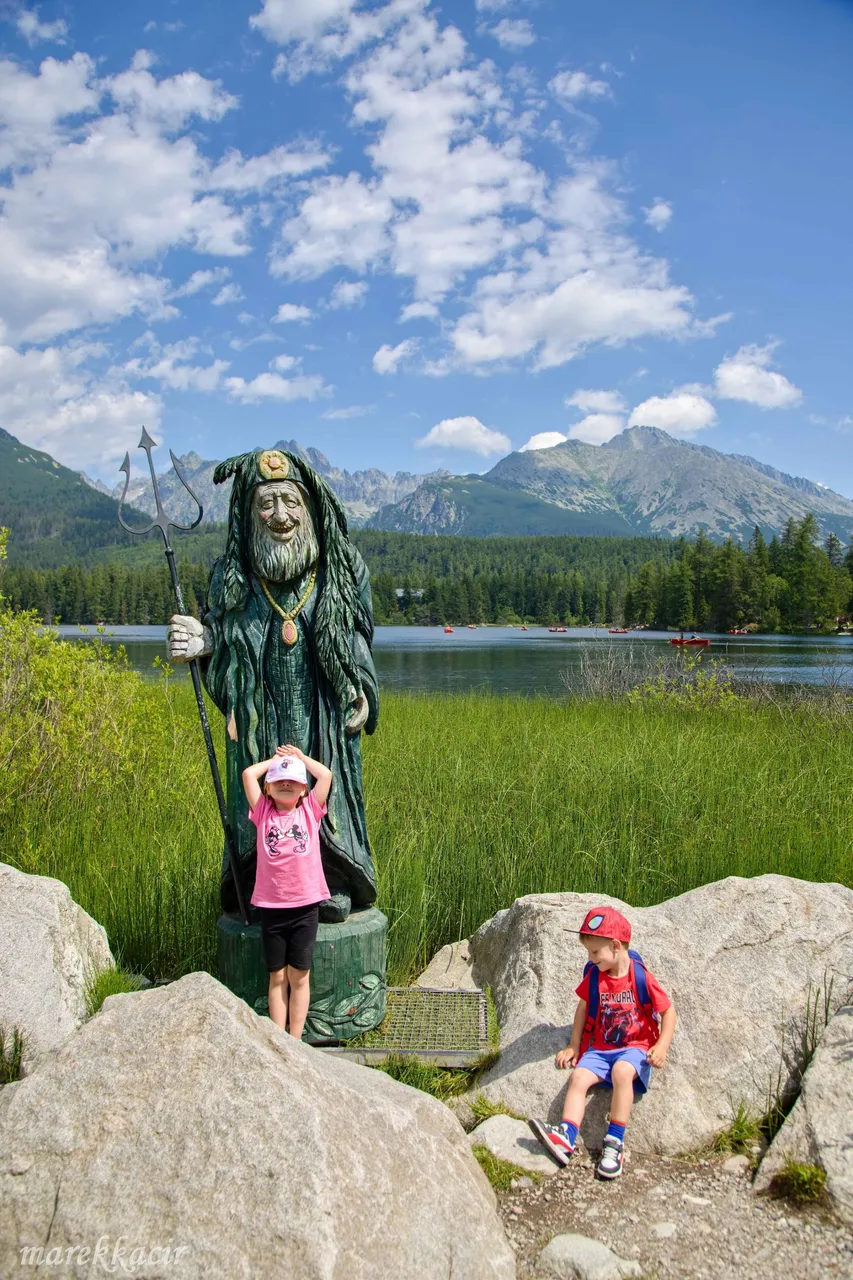
The fresh mountain air is priceless. Everyone enjoyed today’s trip very much. The weather was on our side, the trains were beautiful, and the children were well-behaved. What more could I wish for? I’m looking forward to more trips and adventures this summer. Maybe even with more trains.
Thank you.
Ahoj.
Tento príspevok vznikol vďaka môjmu trojročnému synovi a jeho láske k vlakom. Chcel som mu urobiť radosť a ukázať mu parný rušeň. Nie niekde v múzeu, ale priamo na trati. V dnešnej dobe už takýto vlak málokedy uvidíte plne funkčný na koľajniciach. Sadol som si za počítač a hľadal som. Kto hľadá, ten nájde. Našiel som aj ja a veľmi som sa potešil. Parný rušeň s názvom Papagáj mal naplánovanú jazdu neďaleko nás. To musíme vidieť, povedal som si. Výletu sa veľmi potešila aj moja dcéra. Tá miluje výlety

Skoro ráno sme sadli do auta a vyrazili sme do mesta Svit. Práve z tejto stanice bude vlak vychádzať. Namierené má do mesta Kežmarok, v ktorom práve prebiehajú tradičné remeselné trhy.
Stojíme na stanici a netrpezlivo kráčame z nohy na nohu. Spolu s nami tu čaká ešte niekoľko zvedavcov, ktorí sa chcú previesť. Väčšinou tu čakajú rodiny a deťmi. Vyzerá to tak, že vlaky sú magnet pre malé deti.

A je to tu. Vlak pristavil a pred lokomotívu sa postavili všetci, čo mali po ruke fotoaparát alebo telefón. Je to ako by na červený koberec v Hollywoode prišla nejaká herecká hviezda a paparazzi stláčajú spúšte fotoaparátov, ako len môžu, aby im niečo neušlo. A medzi nimi som aj ja. Na odchod je ešte čas a každý sa chcel s lokomotívou odfotiť. Všetci sme sa stihli prestriedať a každý bol spokojný.

Vlak vyrazil do mesta Poprad, kde má zastávku a za ním kopa čierneho dymu. Otvorili sme okná, aby sme si jazdu užili, no po chvíli sme ich zatvorili. Dnu nám išlo kopu spalín z čierneho uhlia.

A aký je to vlastne vlak ten Papagáj? Dívate sa na trojvalcový parný rušeň 477.013, ktorý vyrobili v roku 1950 v ČKD Praha. Je to až neuveriteľné, že sa ním práve vezieme. Tieto rušne mali výborné jazdné vlastnosti a akceleráciu. Preto boli mimoriadne obľúbené. Mohli dosiahnuť rýchlosť až 100 kilometrov za hodinu. Papagáj môže viesť zásobu 7 metrov kubických uhlia a 15 metrov kubických vody. Tieto rušne ťahali vozne v Československu až do roku 1979. Tento konkrétny vlak sa po ukončení prevádzky dostal do skanzenu v Českej Třebovej. Mimoriadne dôležitý je rok 1999. V tomto roku vlak absolvoval technicko - bezpečnostné skúšky. Veľká vďaka patrí Veterán klubu v Poprade, ktorý túto lokomotívu dal do prevádzky schopného stavu.

Je to nádherná lokomotíva a aby sme ju videli aj ako ide, vystúpili sme už v Poprade. Tu sme chvíľu počkali. Do vlaku nastúpili ďalší cestujúci a o niekoľko minúť sa rušeň opäť prebudil. Spoza kolies sa začal valiť hustý biely dym a vlak sa dal do pohybu. Je to zážitok nie len pre deti, ale aj pre dospelých.


Papagáj nie je jediný rušeň v súprave. Na konci vlaku je ďaľší historický kúsok. Ide o motorový rušeň T478.3 Okuliarnik. Tento rušeň má dvanásť valcový motor s výkonom 1460 kW. Jeho hlavnou úlohou bolo viesť osobné vlaky a rýchliky na neelektrifikovaných tratiach.

Počas jeho prevádzky došlo v jeho konštrukcii k viacerým zmenám. Výrobca sa ho stále snažil vylepšovať.

Obe lokomotívy sa nám páčili. Zakývali sme im keď odchádzali. No deň ešte ani len poriadne nezačal. A my v našom výlete pokračujeme. Cestujeme ďalej a ako inak, keď nie s vlakmi. Tatranskými elektrickými železnicami sme sa nechali odviesť na Štrbské pleso.

Čerstvý horský vzduch je na nezaplatenie. Všetkým sa dnešný výlet veľmi páčil. Počasie nám prialo, vlaky boli nádherné a deti boli poslušné. Čo viac si môžem priať. Teším sa na ďalšie výlety a zážitky toto leto. Možno že aj s ďalšími vlakmi.
Ďakujem